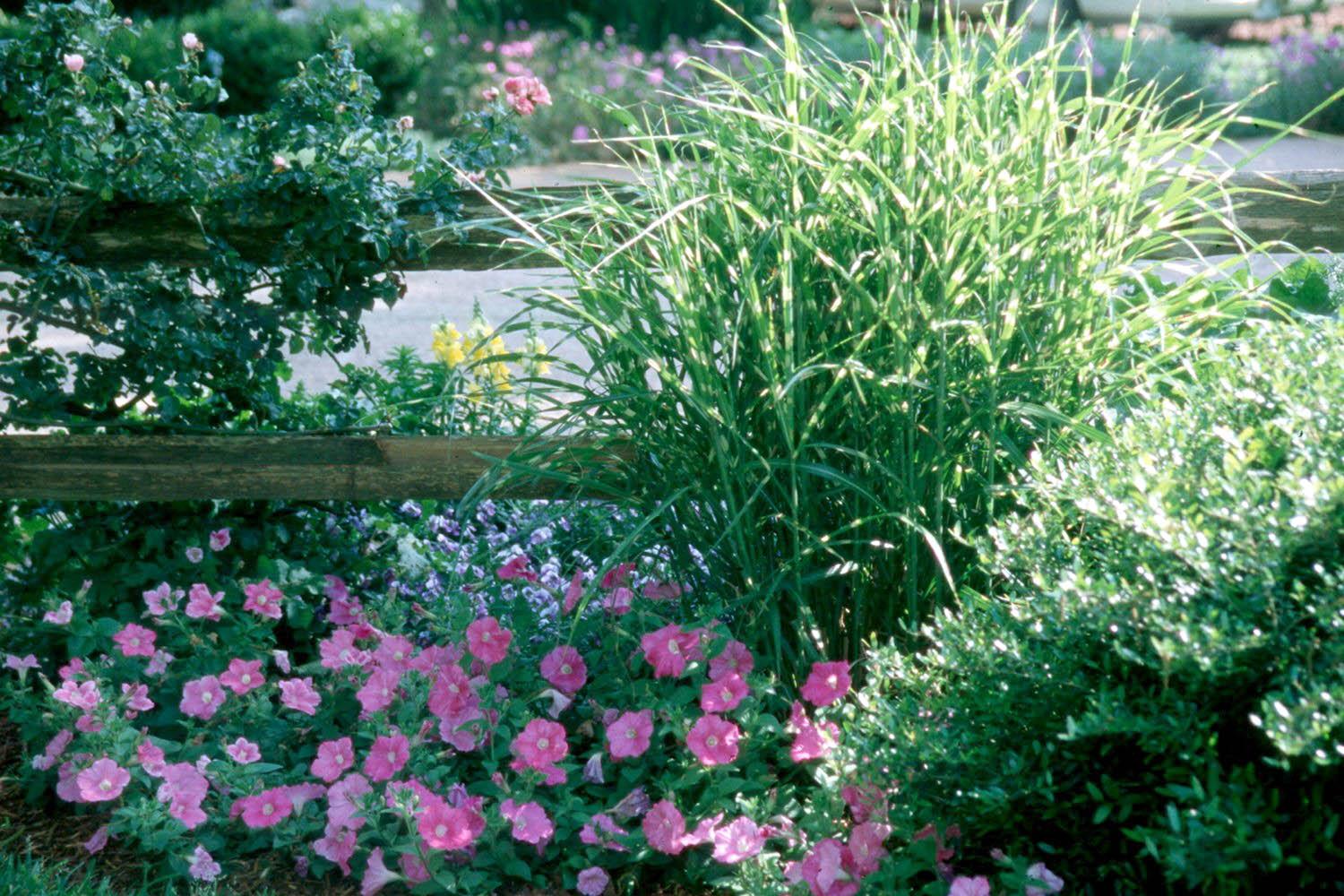Information Possibly Outdated
The information presented on this page was originally released on August 20, 2001. It may not be outdated, but please search our site for more current information. If you plan to quote or reference this information in a publication, please check with the Extension specialist or author before proceeding.
Ornamental grasses intrigue landscapers
By Norman Winter
MSU Horticulturist
Central Mississippi Research & Extension Center
Ornamental grasses are easy to grow, but there is a mystique that surrounds their use in the landscape. The mystery is all in the imagination of the gardener who has yet to try them.
Gorgeous blooms are starting to appear all over the South on various grasses in home and commercial landscapes, and the gardeners who have not tried ornamental grasses are starting to get a little testy. It may be that their best friend in the neighborhood has them blooming profusely. Where did their friend learn such a complicated design plan?
The truth is that the use is almost as simple as digging a hole, planting the grass and tucking in few of your favorite blooming flowers -- like mums, lantana zinnias or salvias. The list is almost endless, but the real key is doing it. Then, the strutting can begin for the ornamental grass grower.
Deep down I wish you would have planted your grass this past spring, so it would be further along, but buying while you see them blooming isn't all bad because it may help you make your selection. They certainly do well when planted now and will only get better each year.
The group known as Miscanthus is a good place to begin. Miscanthus gives us some of our prettiest choices of ornamental grasses, both the Maiden-grass, green-foliage types and the variegated versions, such as Japanese Silver Grass and Zebra Grass, with creamy yellow horizontal bands.
The fountain grasses have some of the prettiest foliage and flowers and make excellent choices if you understand the varieties. Hameln is 24 to 30 inches tall and has performed admirably at the Truck Crops Branch Experiment Station in Crystal Springs. Moudry has black, 12-inch plumes on 24-inch tall plants.
The most popular is Pennisetums setaceum, or purple fountain grass. It is the most beautiful and worth every cent spent on the purchase. It is an annual in all but the coastal counties.
The grass that steals the show every year is Muhly grass with pink cotton candy like blossoms that move gracefully in the wind. There are so many more grasses like this year's Perennial Plant of the Year, Karl Foerster, a feather-reed grass.
Regardless of the grass you choose, plant nursery-grown transplants into loose, well-prepared beds, rich in organic matter. To accomplish this, incorporate 3 to 4 inches of peat or compost, to improve drainage and aeration. While tilling, add 2 pounds per 100 square feet of a 12-6-6 slow release fertilizer with minor nutrients.
Plant at the same depth they are growing in the container, placing the crown of the plant slightly above the soil line. Add a good layer of mulch after planting.
At the Experiment Station, we cut back our grasses about the time we prune the roses, which is in late February. Cut the foliage back from 6 to 12 inches, depending on the grass.
After you cut back, side-dress with an application of the 12-6-6 fertilizer in early spring, then again in midsummer. Keeping the bed well-mulched and watered during the summer pays off with a healthier, happier looking plant.
Since the grasses are perennials (purple fountain excluded), they offer wonderful opportunities to propagate by dividing in early spring. Ornamental grasses have the ability to catch the eye and hold attention in the landscape even when not in bloom. Their leaf texture is unmatched. I would urge you to buy today.
Make plans to see these and many more grasses at the Fall Flower and Garden Fest Oct. 12 to 13 at the Truck Crops Branch Experiment Station in Crystal Springs. For more information call (601) 892-3731.








